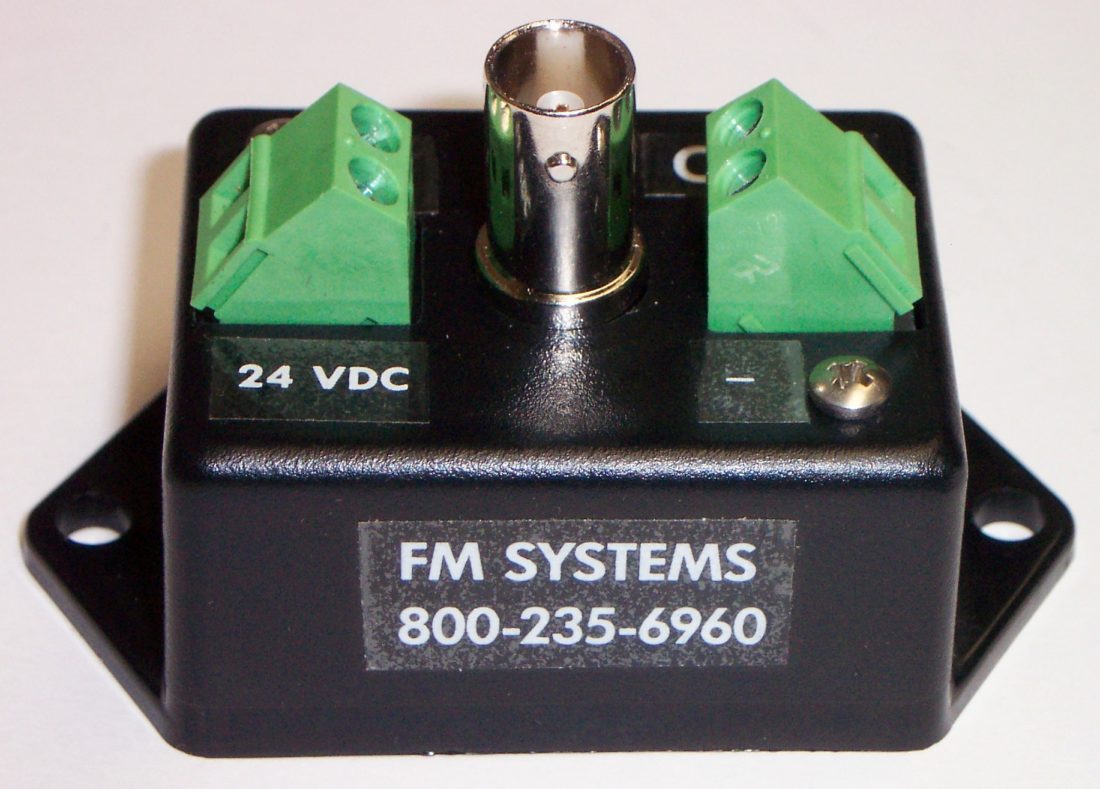
HAZARDOUS MATERIAL HANDLING TRUCK SURVEILLANCE
By: Don McClatchie
When driving your car have you ever noticed those big rig trucks hauling hazardous materials in solid, liquid, and gaseous form. They are the ones that have those special square signs on them indicating what hazardous material they are carrying. Well there is a new trend for surveillance of those trucks during loading transportation and distribution of those hazardous materials.
Trucking companies are having video cameras installed on the trailers with video recording being done in the trucks. The drivers can now view the video from the cameras for close maneuvering and that is useful, but not the most important reason for the cameras.
It is also useful to have a recording of any traffic accident or collision and the live images can help the driver avoid a collision. For the employer, the recordings can help to monitor the driver’s performance on the road.
Since these trucks are delivering their products to facilities with expensive infrastructures it is important to record each encounter to prove that no damage was done while on the premises or during the dispensing of the product. For insurance purposes it is a good idea to be able to prove that the damage existed before a truck arrived for the delivery as indicated by the recording. Many insurance claims can be settled or averted entirely by having a video recording of the encounter.
Also, in many cases the driver must wear protective gear such as gloves face shields and other protective equipment when dispensing the product. To aid in compliance with these safety rules the cameras will record every distribution of product. If a driver fails to use the protective gear and is injured during distribution of product the company will have a record of the incident and the cause of the injury. Also, periodic review of the recordings by management can force compliance with the rules for safely dispensing the product.
So, it is not enough just to install the video recorder in the truck and camera on the trailer since the truck is not always connected to the trailer and it is usually hooked up by the driver during normal operations. The driver may fail to connect the video cable or power to the camera intentionally or by omission.
When a truck hooks up a trailer the driver must connect the air brake lines and the signal light connector before he can take to the road. The driver cannot move without the air brake line connection as the trailer wheels would have the brakes on full and the driver would not get far without trailer lights and this routine is closely followed by the driver. What can be done to ensure that the driver connects the video camera? The best way is to include the video signal on the same connector that carries the signal lights, the one the driver is already trained to connect. The question is how to get that video signal onto the same signal light cable that is currently being used without having to re-wire that connector or use a different type of connector. A different connector would make is impossible to connect to a trailer without a video camera system.
What if you could use the existing wires to carry the video signal from the trailer to the cab of the truck using the same connector that is typically used on every truck? There is a way of doing that now. By using a DC SIGNAL INJECTOR frequency splitter to inject and then recover the video signal using the DC wires that supply power to the trailer.

The DCSI is a splitter that makes it possible to use the low voltage DC power wires to send Video from the camera to the DVR and vise-versa while at the same time passing up to 4 amps of power to run the other equipment. One DCSI unit is placed at each end of any low voltage power wire run to condition the line and provide access to the signal path. After installation, any signal with a frequency of 5 MHz or higher can be inserted onto the power wire run and then recovered at the far end. Screw terminals are used for the power input/output and BNC connectors are used to connect the signal to be carried on the DC wires. These units are used when running new cable is difficult or prohibitively expensive.
These units are designed to be used in conjunction with a video modulator / demodulator that will let you insert a single video camera signal onto the power wire. The DCSI is used at both ends of the power wire to gain access the power wire and change its impedance to high frequencies so that the other equipment can use that frequency spectrum to send and receive signals on the wire. This product also removes Common Mode interference signals on the power line for a cleaner better filtered power supply. These units are sold in pairs and must be used in pairs for signal injection. Single units may be used to reduce Common Mode high frequency interference on the power wires. The maximum current allowed on the wires is 4 Amperes.
CLICK HERE to see more.




